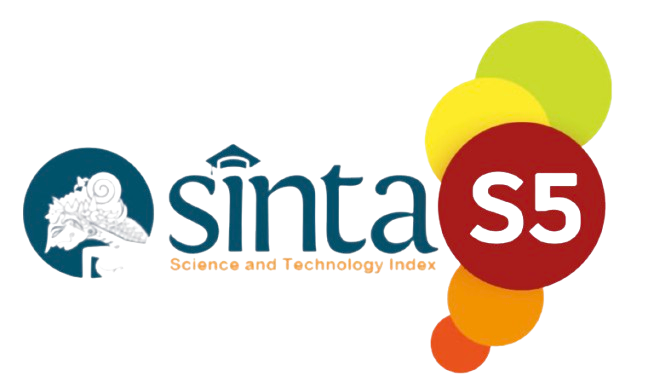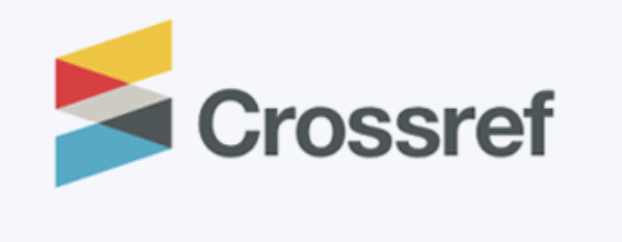The Correlation of Diction Mastery and Writing Interest with Writing Exposition Text Ability at The Tenth Grade Students
Keywords:
diction mastery, exposition text, writing interestAbstract
This research was conducted because of reality on the ground that the ability of writing exposition texts and mastery of diction, and the writing interest needed to be developed. This study aims to describe the correlation between mastery of diction and interest in writing with the ability to write exposition texts at the tenth grade of SMK Negeri 1 Kotabumi, Lampung Utara. The research used correlational methods. Techniques used in retrieving research data are tests and questionnaires. Data analysis or hypothesis testing using the formula for the correlation coefficient of the moment and multiple products. From research results, the writers concluded 1) there is a positive and significant correlation between mastery of diction and ability to write exposition text, indicated by the correlation coefficient of 0.772 and the coefficient of determination (r2) of 0.596 or 0.772 and the coefficient of determination (r2) is 0.596 orof 59.69%, 2) there are positive and significant correlation between writing interest and the ability to write an exposition text which is indicated by a correlation coefficient of 0.713 and the coefficient of determination (r2) is 0.508 or 50.80%; 3) there are positive and significant correlation between diction mastery and writing interest with the ability to write exposition text as indicated by the correlation coefficient of 0.810 the coefficient of determination (r2) is 0.656 or 65.60%.
References
Brouwer, K. L. (2012). Writing motivation of students with language impairments. Child Language Teaching and Therapy, 28(2), 189-210.
Hastomo, T. (2016, January). The Effectiveness of Edmodo to teach writing viewed from students’ motivation. In Proceeding of International Conference on Teacher Training and Education (Vol. 1, No. 1).
Hastomo, T. (2019). Schoology effects on students' writing ability. Lentera: Jurnal ilmiah kependidikan, 12(1), 149-154.
Keraf, Gorys. 2007. Diksidan Gaya. Jakarta :PT.Gramedia.
Lestari, S. ., Surastina, S., Rachmasisca, F. M. ., & Hastomo, T. . (2018). The Correlation of Effective Sentence Mastery and Language Attitude with Students’ Writing Summary Ability. IJLHE: International Journal of Language, Humanities, and Education, 1(2), 1–10.
Nasution, S. S., Sukmawati, N. N., Lubis, A. A., Hastomo, T., & Sesriyani, L. (2020). Using critical discourse analysis to explore an authentic teaching material: A focus on language and power. Studies in English Language and Education, 7(2), 527-543.
Parera, Daniel. (2004). Diksi dan Pengajaran Bahasa Indonesia dan Sastra Indonesia. Jakarta:Erlangga.
Renninger, K. A., & Hidi, S. E. (2015). The power of interest for motivation and engagement. Routledge.
Slomp, D. H. (2012). Challenges in assessing the development of writing ability: Theories, constructs and methods. Assessing Writing, 17(2), 81-91.
Wahyuningsih, L. S. ., Sutiyono, A. ., & Hastomo, T. . (2019). The Use of A Scientific Approach to Improve Argumentation Writing Ability for Middle School Students. IJLHE: International Journal of Language, Humanities, and Education, 2(1), 63–71.
Yi, J. Y. (2009). Defining Writing Ability for Classroom Writing Assessment in High Schools. Journal of Pan-Pacific Association of Applied Linguistics, 13(1), 53-69.
Yulistiani, E. ., Supriyono, S., Wicaksono, A., & Hastomo, T. . (2020). The Correlation between Vocabulary Mastery, Reading Habits, and The Students’ Writing Ability. IJLHE: International Journal of Language, Humanities, and Education, 3(1), 69–76.













